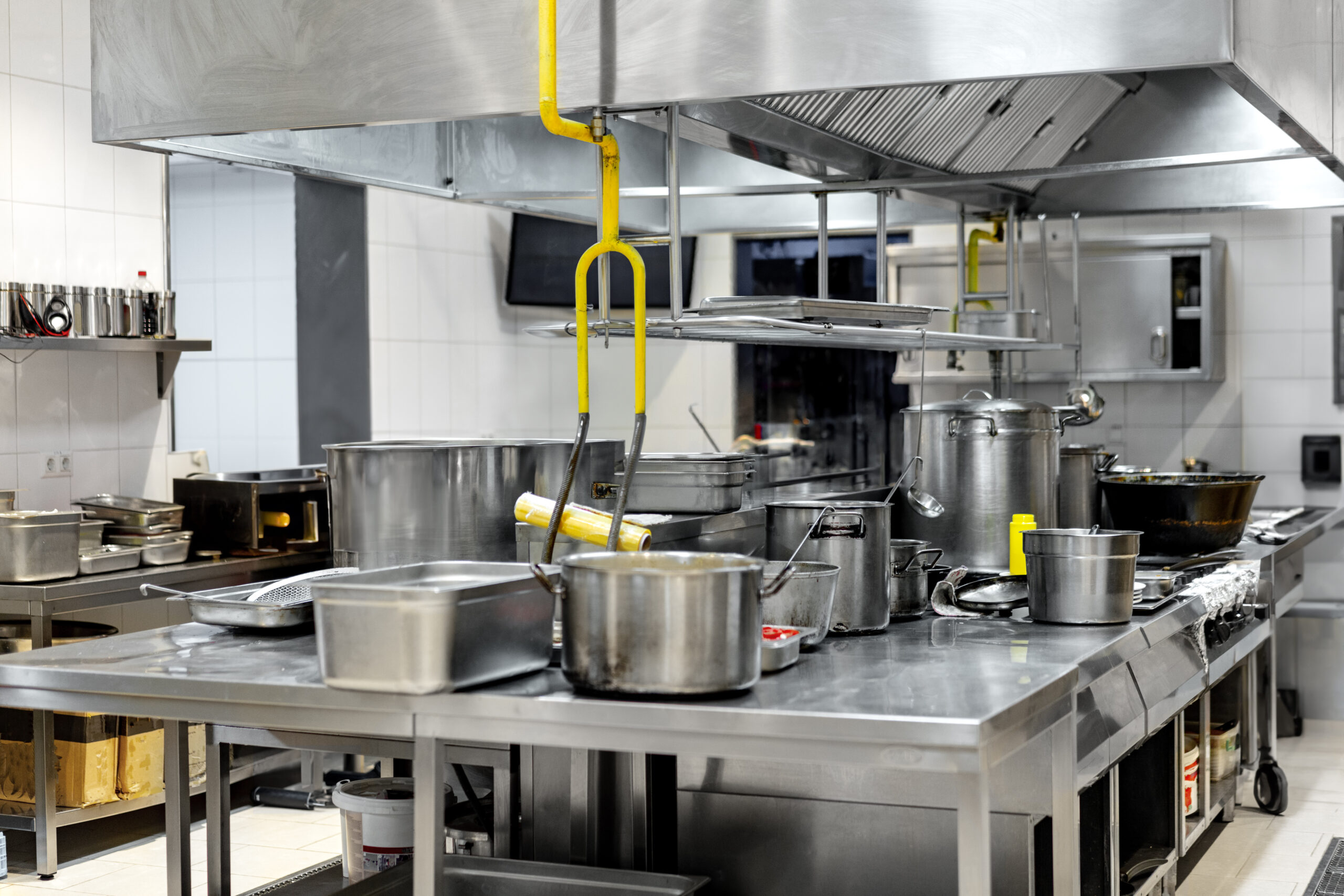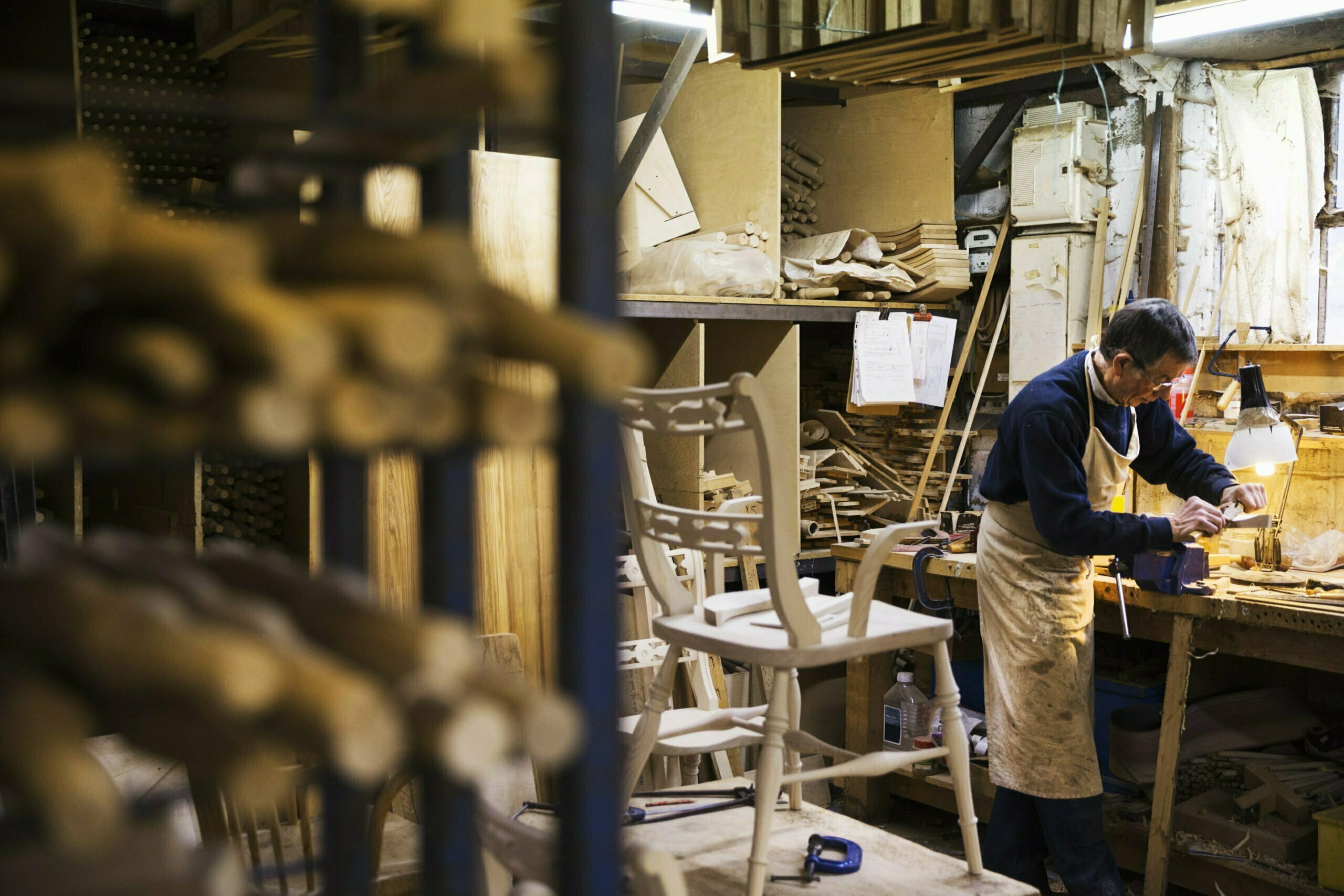Tips for Running an Efficient Commercial Kitchen
Operating a commercial kitchen requires high efficiency and steadfast safety, where every second and every square inch counts. With the right mix of technological sophistication, cleanliness, and standardized processes, restaurant managers can ensure their kitchens hum with productivity and reduce the potential for costly errors or accidents. Strategies incorporating innovative equipment and regimented protocols are essential for kitchens to meet the accelerating demands of the food industry. Keep reading to discover practical advice for streamlining operations and elevating the performance of your commercial kitchen.
Embracing Technological Innovations in Commercial Kitchens

Commercial kitchens are rapidly integrating cutting-edge technologies to enhance efficiency and safety. Innovations, ranging from energy-efficient appliances to smart inventory management systems, are transforming how professionals work behind the scenes. Such advancements streamline operations, significantly reducing the risk of accidents and improving overall service speed.
Maintaining cleanliness in a commercial cooking space is pivotal, and with modern grease traps, technicians can more effectively capture fats, oils, and greases before they enter wastewater systems. A professional grease trap cleaning service specialized in this domain is essential to keep these systems functioning optimally and ensure adherence to current regulations. They employ skilled professionals with years of experience to manage these critical components.
One major concern for kitchen managers is managing fire risks, leading to comprehensive kitchen suppression systems adoption. These systems are designed to detect and suppress fires swiftly, safeguarding both the occupants and the establishment. Installing a fire suppression system integrated with the kitchen hood and cooking surface creates a barrier against potential kitchen fires, which is a valuable addition to any commercial kitchen’s fire protection strategy.
Equipping a kitchen with a reliable suppression system necessitates partnering with firms like Core Fire Protection, which leverages its NAFED certification to ensure superior installation and maintenance services. They create safer work environments by sourcing from various manufacturers and focusing on certified pre-engineered systems. Their meticulous approach to system design provides robust fire protection, tailored to the unique needs of each commercial kitchen.
Fostering a Culture of Cleanliness and Maintenance

Maintaining a spotless commercial kitchen hinges on establishing a routine encompassing all aspects of cleanliness. One pivotal element in this regime is ensuring the regular disposal of grease, oils, and fats by employing a professional grease trap cleaning service. Critical to the functionality of commercial kitchens, this process should be entrusted to skilled technicians who can ensure compliance with current regulations.
Chef Markeicha Dulaney emphasizes that efficiency in the kitchen extends beyond the stovetop. To include ancillary systems like the fire suppression system. A well-maintained restaurant fire suppression system, situated over the cooking surface and often integrated within the kitchen hood, is crucial for fire protection. Regular checks ensure the suppression system is primed to safeguard occupants during a kitchen fire.
Finally, cooking facilities must align with top industry standards, such as those set by Underwriters Laboratories (UL) and the National Association of Fire Equipment Distributors (NAFED). Understanding the nuances of system design is pivotal for selecting automatic sprinkler systems and adopting pre-engineered systems compatible with various manufacturers. Core Fire Protection highlights the importance of NAFED certification, attesting to the proficiency and readiness of systems to protect life and property.
Standardizing Recipes and Procedures for Consistency
Unwavering adherence to standardized recipes is a linchpin for achieving consistent quality in any bustling commercial kitchen. Chefs understand that uniform flavor profiles are critical to customer satisfaction and retention, as patrons expect the same delightful experience with every visit. This precision in culinary practices plays a significant role in reinforcing a restaurant’s brand and reputation.
Clarity in procedural guidelines streamlines culinary operations and minimizes the margin for error during peak service hours. Detailed protocols enable the kitchen brigade to execute dishes efficiently, ensuring that each plate meets the establishment’s high standards. Such regimented routines elevate the dining experience and bolster staff confidence and competence.
Commercial kitchens promote effective inventory management by integrating standardized procedures, reducing waste and optimizing resource utilization. A systematic approach to ingredient use allows managers to forecast demand accurately, adequately prepare for busy periods, and control food costs rigorously. Consequently, this meticulous oversight contributes to the financial health of the establishment.
Lastly, consistent documentation of recipes and protocols is a valuable training tool for new staff members, fostering a culture of knowledge and skill development. A well-documented culinary framework ensures quick assimilation of new recruits into the kitchen’s fast-paced environment. It also serves as a benchmark for quality control, maintaining the culinary excellence that guests have come to anticipate with each meal served.
Overall, running an efficient commercial kitchen requires a blend of technological innovation, cleanliness, and standardized procedures to enhance productivity and safety. By implementing these strategies, restaurant managers can ensure consistent quality, minimize risks, and maintain a high standard of service.









